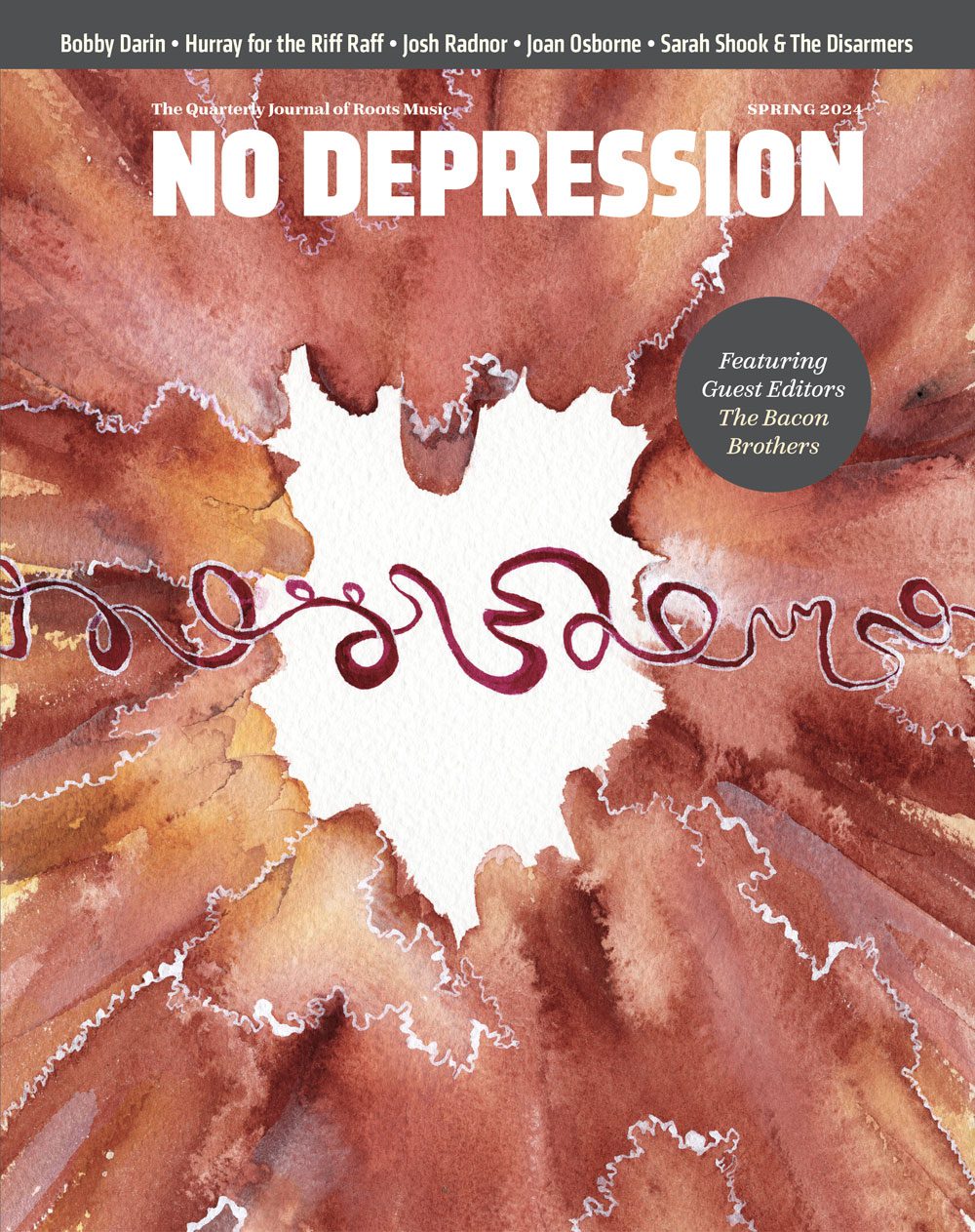One for the joys of rummaging through record bins – vinyl, that is – is that you come across things you have never heard of and would probably not find easily on CD or MP3. Welcome to the world of Antal Kocze “King of the Gypsies” and his band.
The 10-inch album pictured here appears to have been cut in 1954. At the time, Kocze was the main draw in a place called the Monseigneur Bar in Vienna. That in itself is remarkable – it was only a decade earlier that the Nazis were rounding up gypsies, or Roma as we tend to call them today, and killing them. (Of slightly fewer than one million Roma believed to have been living in Europe before the war, the Nazis and their followers murdered as many as 220,000.)
But there he was fiddling away at folk tunes from the old Austro-Hungarian empire in the epicentre of Cold War intrigue, a 1950s nightclub in Vienna. His music, judging by the wonderful sounds than come from this old Nixa Record pressing, was one of swirling violin, a mix of joy but somehow tinged with yearning. “Sweet and luscious”, the liner notes say, aptly.
The tunes were originally folk tunes: they were danced by Rumanian (sic) peasants, sung by the servants of Bulgarian Bojars or played on the fiddle by nomadic gypsies.
The history surrounding Kocze is as fascinating as his songs. Britain’s prince of Wales – later the abdicating Edward VIII – invited him to London to play for two nights. The great classical conductor Arturo Toscanini came across him too and was so taken by the music that he wrote some for the band.
The title “King of the Gypsies”, meanwhile, was no AOR-type affectation. Like his father before him Kocze won something called the “Konigspreis” – the king’s prize – in 1927, which apparently bestowed the honorary title.
Finding examples of his music only is not easy. But this is close:




